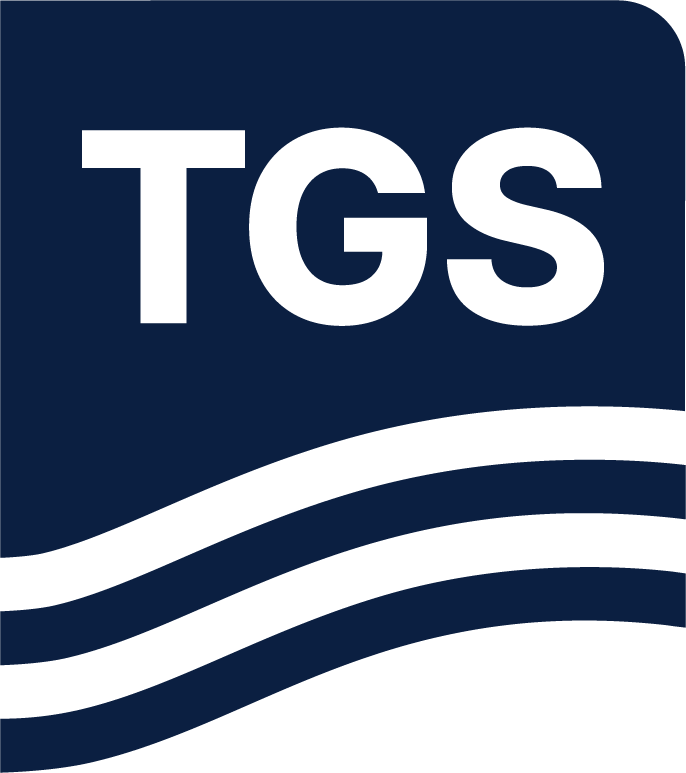Paper Summary
A growing Geophysical argument for the use of single-element pneumatic points sources has been developing over the last several years. They have been shown to significantly improve the low-frequency signal-to-noise ratio (SNR) on both towed-streamer and ocean bottom node (OBN) surveys, thereby extending the available bandwidth in the recorded data. Udengaard et al (2023) and Shang et al (2023) made separate demonstrations for using the Gemini extended frequency source and the Tuned Pule Source (TPS) respectively as exclusive sources in support
of Imaging and FWI model building on sparse OBN surveys in the Gulf of Mexico. Ou et al (2023) documented the use of Gemini as the only source in a full survey application of a dual-vessel, quad-source, Wide Azimuth (WAZ) towed-streamer design in the Eastern Mediterranean. Field implementations of large point sources thus far, however, have been limited to two sources per vessel mainly due to the perception that this represents the limits of capacity of modern survey vessels. We embarked on field trials over the last six months to understand the feasibility of operating more than two Gemini units concurrently on the same vessel.

